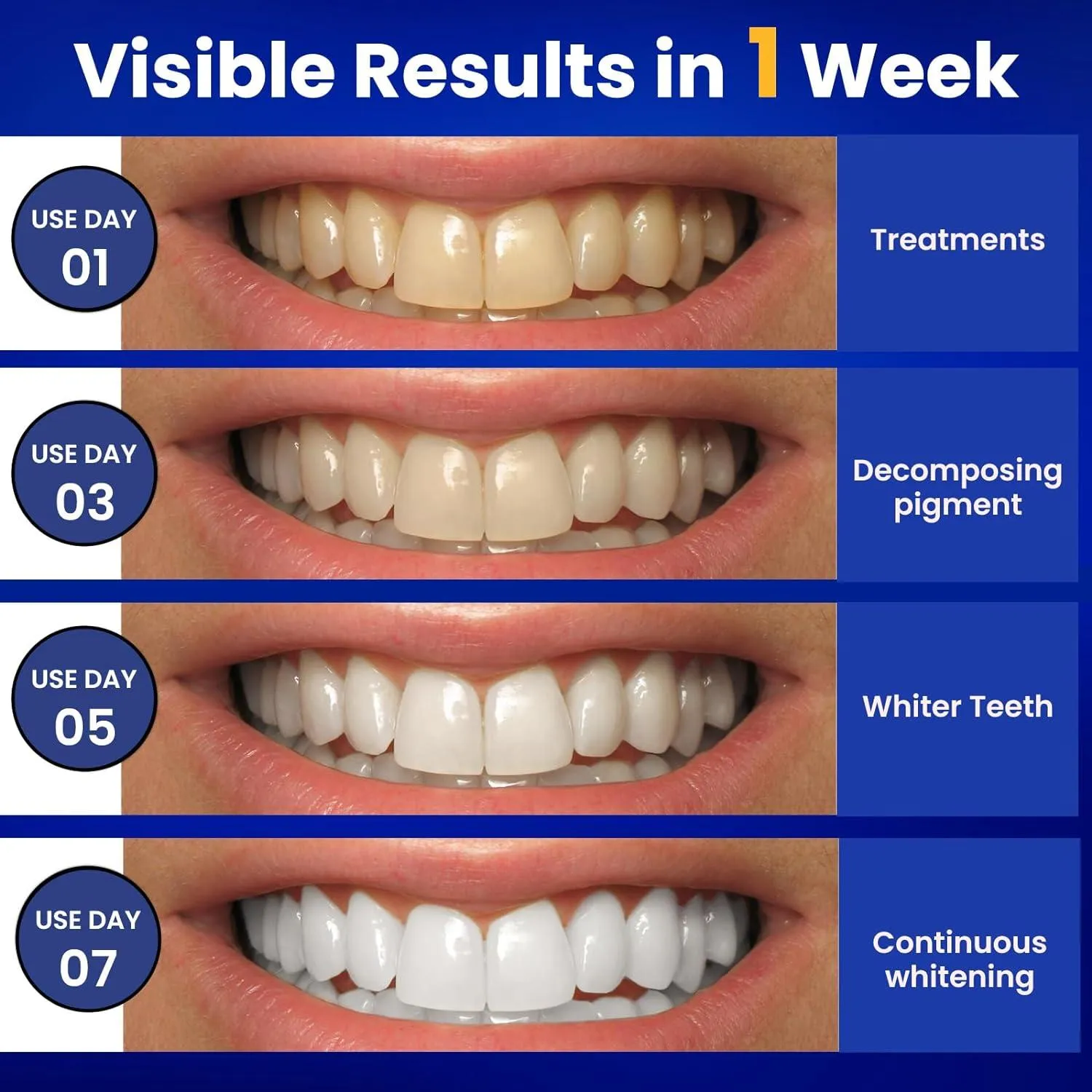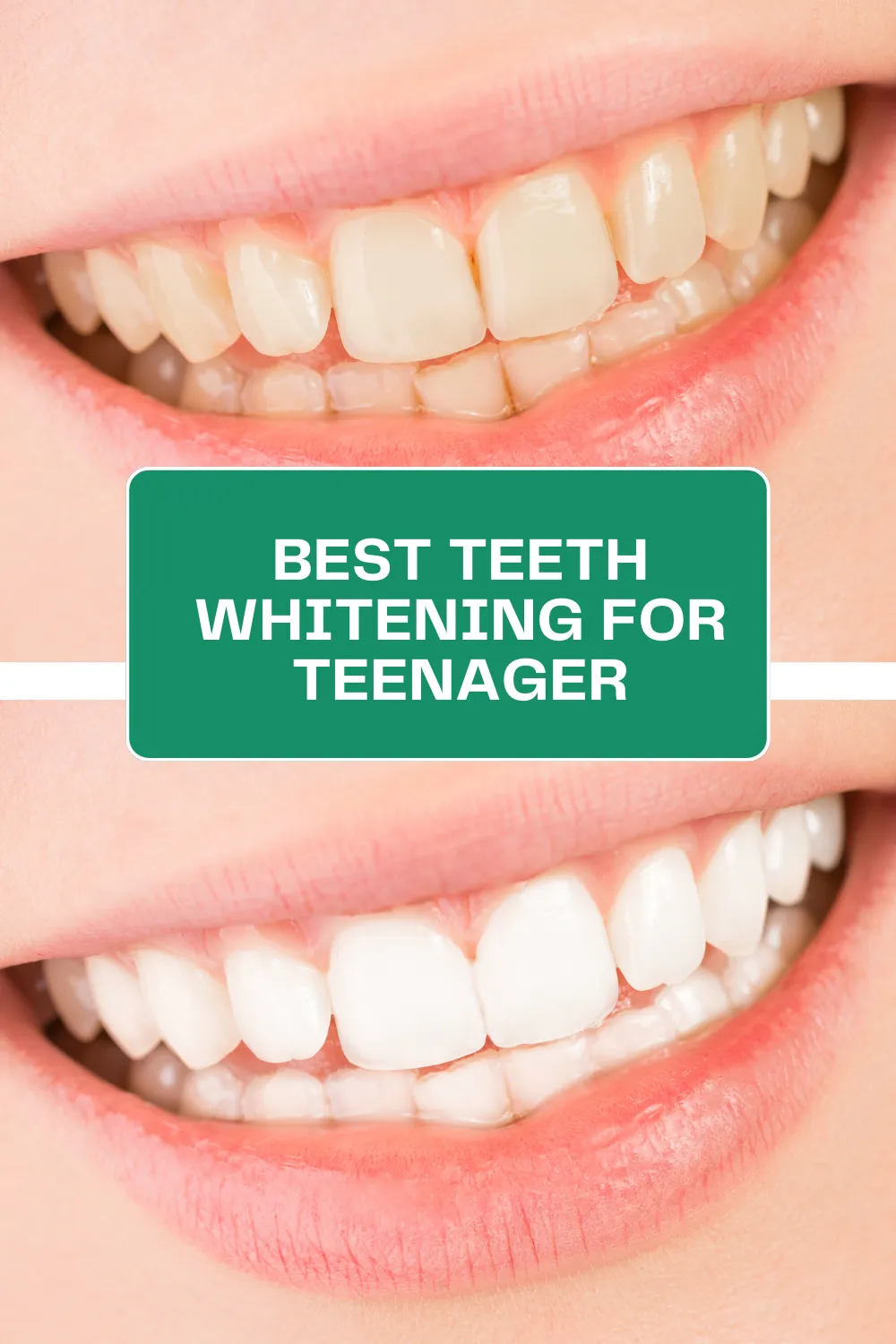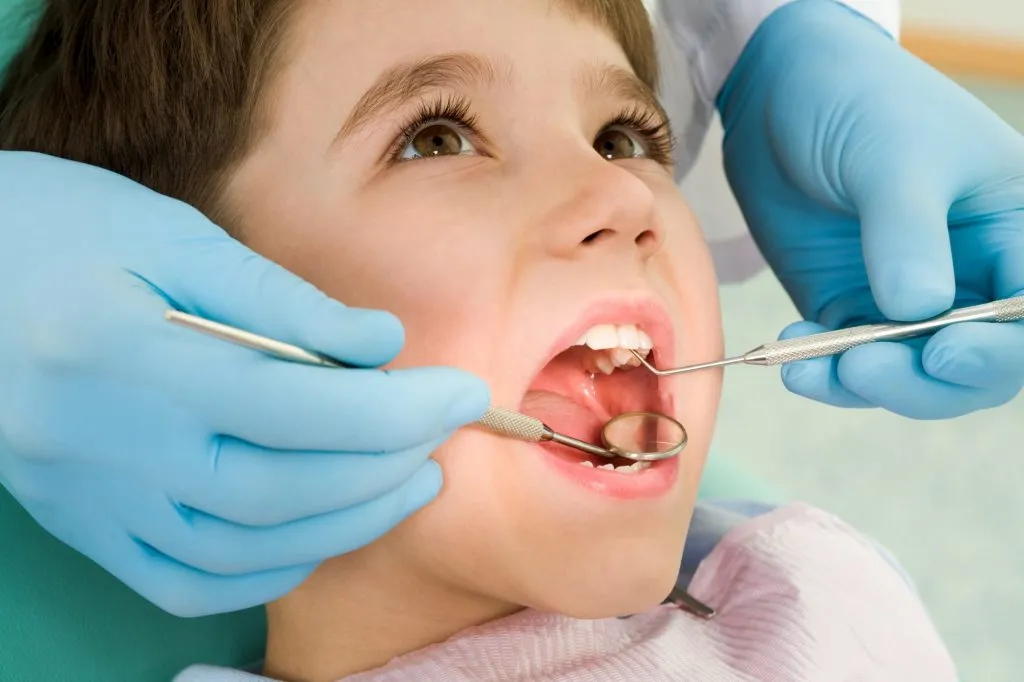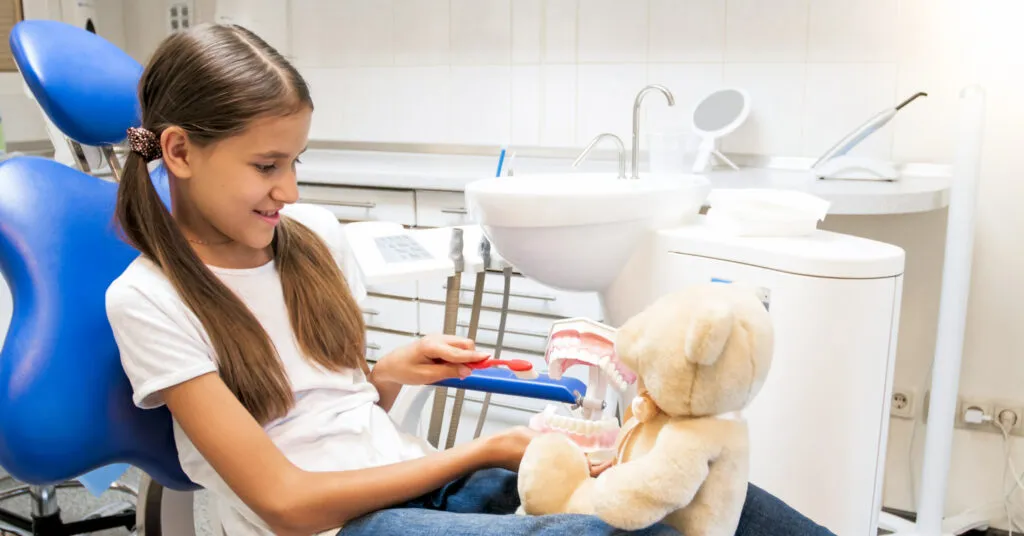Teeth Whitening for 12-Year-Olds The Basics
Teeth whitening is a cosmetic dental procedure designed to lighten the shade of teeth, removing stains and discoloration. While it’s a popular treatment for adults, the considerations for teeth whitening in 12-year-olds are significantly different. At this age, a child’s teeth and gums are still developing, making them more susceptible to certain risks associated with whitening. It is essential to approach teeth whitening for 12-year-olds with a focus on safety and the long-term health of their teeth. Consulting a dentist is always the best course of action before any whitening treatment. Understanding the fundamentals of teeth whitening and the unique aspects of a 12-year-old’s oral health is the first step in making informed decisions.
Why Teeth Whitening for 12-Year-Olds Is Different
The key difference in teeth whitening for 12-year-olds lies in the stage of dental development. At 12, many children still have developing teeth, with the enamel not yet fully hardened. This makes their teeth more porous and sensitive to whitening agents. Unlike adults, their teeth may also be more prone to irritation and damage from bleaching products. Moreover, a 12-year-old’s gums can be more delicate, increasing the risk of gum irritation if not done correctly. The approach needs to be more cautious, and the selection of products and methods should prioritize safety and the long-term health of their teeth. The developing nature of their teeth calls for a gentle approach, focusing more on maintaining oral hygiene and preventing future discoloration rather than aggressive whitening treatments.
Enamel Sensitivity The Main Concern

Enamel sensitivity is a significant concern in 12-year-olds considering teeth whitening. The enamel, the outer protective layer of the tooth, may not be fully developed at this age. Whitening agents, typically containing hydrogen peroxide or carbamide peroxide, can penetrate the enamel and cause increased sensitivity. This can result in discomfort and pain, especially when consuming hot or cold foods and drinks. It is very important to choose whitening methods with lower concentrations of these agents or, ideally, avoid them altogether until the teeth are fully developed. A dentist can assess the enamel’s condition and recommend treatments that minimize the risk of sensitivity, ensuring the child’s comfort and dental health.
Potential Teeth Whitening Methods for 12-Year-Olds
When considering teeth whitening options for a 12-year-old, the focus should shift towards methods that are gentler and safer. Professional treatments by a dentist offer a controlled environment and the ability to monitor the child’s teeth closely. At-home methods should be approached with extreme caution, and many are not recommended due to the risks involved. The goal is to improve the appearance of the teeth while minimizing the risk of enamel damage and sensitivity. It is always recommended to seek professional guidance to ensure the safest and most effective approach. Always consult with a pediatric dentist or a dental professional before considering any teeth whitening methods for children or teenagers.
Professional Whitening Options
Professional teeth whitening performed by a dentist is usually the safest option for 12-year-olds. Dentists can use lower concentrations of whitening agents and take measures to protect the gums and teeth from excessive exposure. They can also assess the child’s oral health and determine if teeth whitening is appropriate. The dentist can customize the treatment plan based on the child’s specific needs, using techniques like custom-fitted trays or in-office treatments with controlled exposure times. Regular check-ups during the process can help ensure the teeth and gums are not experiencing any adverse effects. Professional guidance is very important to reduce the risk of complications, and to ensure any whitening treatment aligns with the child’s overall dental health.
At-Home Whitening Considerations

At-home teeth whitening kits are generally not recommended for 12-year-olds. Over-the-counter products can have higher concentrations of whitening agents, increasing the risk of enamel damage and sensitivity. If an at-home approach is deemed necessary by a dentist, it should only be done under their supervision and with their specific recommendations. This might involve using custom-fitted trays with lower concentrations of whitening agents. The dentist can monitor the child’s progress and address any issues immediately. Avoid using generic whitening strips or products without professional guidance. The safety and health of the child’s teeth are always the top priority. The use of at-home whitening treatments requires constant monitoring by a dental professional.
The Best Practices for Teenagers
Encouraging good oral hygiene habits is the best way to maintain a bright smile for teenagers. This includes brushing teeth at least twice a day with fluoride toothpaste, flossing daily, and regular dental check-ups. Avoiding excessive consumption of staining foods and drinks, like coffee, tea, and dark-colored sodas, can also help prevent discoloration. Proper oral hygiene not only helps keep teeth white but also reduces the risk of cavities and gum disease. Teenagers should be educated about the importance of oral health and given the tools to maintain a healthy smile. A consistent oral care routine will go a long way in preserving the natural brightness of their teeth.
Proper Oral Hygiene
Proper oral hygiene is very important for teenagers to maintain healthy and white teeth. Brushing twice daily for two minutes with fluoride toothpaste is essential. Make sure to brush every surface of your teeth and at the gumline. Flossing daily removes plaque and food particles from between the teeth and below the gumline, where a toothbrush cannot reach. Rinsing with an antibacterial mouthwash can further reduce bacteria and freshen breath. Also, regular dental check-ups and professional cleanings are a must to remove plaque buildup and catch any potential issues early. Good oral hygiene will not only help in keeping teeth white but also promote overall oral health, preventing cavities and gum disease.
Dietary Adjustments

Dietary adjustments play a significant role in maintaining the brightness of a teenager’s teeth. Limiting the consumption of staining foods and beverages like coffee, tea, dark sodas, and red wine is advisable. These can cause discoloration over time. Encourage consumption of foods that promote good oral health, such as crunchy fruits and vegetables like apples and carrots, which can help clean teeth naturally. Drinking plenty of water, especially after eating or drinking staining substances, can also help rinse away particles that contribute to staining. A balanced diet rich in calcium and other essential nutrients supports strong, healthy teeth. Being mindful of food choices can help keep teeth white and contribute to overall oral health.
Regular Dental Check-ups
Regular dental check-ups are fundamental to maintaining a bright and healthy smile for 12-year-olds. During these visits, the dentist will clean the teeth thoroughly, removing plaque and tartar that can cause discoloration. They can also detect early signs of cavities, gum disease, and other oral health issues, allowing for timely treatment. Regular check-ups provide an opportunity for the dentist to assess the child’s oral hygiene habits and offer personalized advice and recommendations. Professional cleanings and examinations can help maintain the natural whiteness of the teeth and prevent future dental problems. Aim for check-ups every six months for best results.
Teeth Whitening The Risks and Benefits
Teeth whitening for 12-year-olds comes with both risks and benefits. While it can boost a child’s confidence, it’s essential to weigh these benefits against the potential dangers. Risks include increased tooth sensitivity, gum irritation, and potential damage to the enamel if not done correctly. Benefits include a brighter smile and improved self-esteem. The decision to undergo teeth whitening should be made in consultation with a dentist. They can assess the child’s oral health, explain the potential risks, and recommend the safest and most effective approach. The overall goal is to prioritize the child’s dental health and ensure a positive experience.
Risk Factors

Several risk factors are associated with teeth whitening for 12-year-olds. Increased tooth sensitivity is one of the most common side effects, as the enamel is not fully developed. Whitening agents can penetrate the enamel, irritating the nerves inside the teeth. Gum irritation and inflammation can occur if the whitening agent comes into contact with the gums. There’s also the potential risk of enamel damage if the whitening process is too strong or used for too long. Additionally, the whitening may not be uniform, leading to uneven results or a mottled appearance. A dentist can assess these risks and take measures to minimize them, emphasizing the importance of professional guidance.
Benefits of a Bright Smile
The main benefit of teeth whitening is a brighter, more confident smile. For teenagers, a bright smile can significantly boost self-esteem and improve social interactions. A more aesthetically pleasing smile can lead to increased confidence and a more positive self-image. It can also motivate them to take better care of their oral health. A bright, healthy smile can make a great first impression, and have a lasting impact. However, it is essential to prioritize the child’s oral health and choose the safest methods. The aesthetic benefits should always be balanced with the overall health of the teeth and gums.
